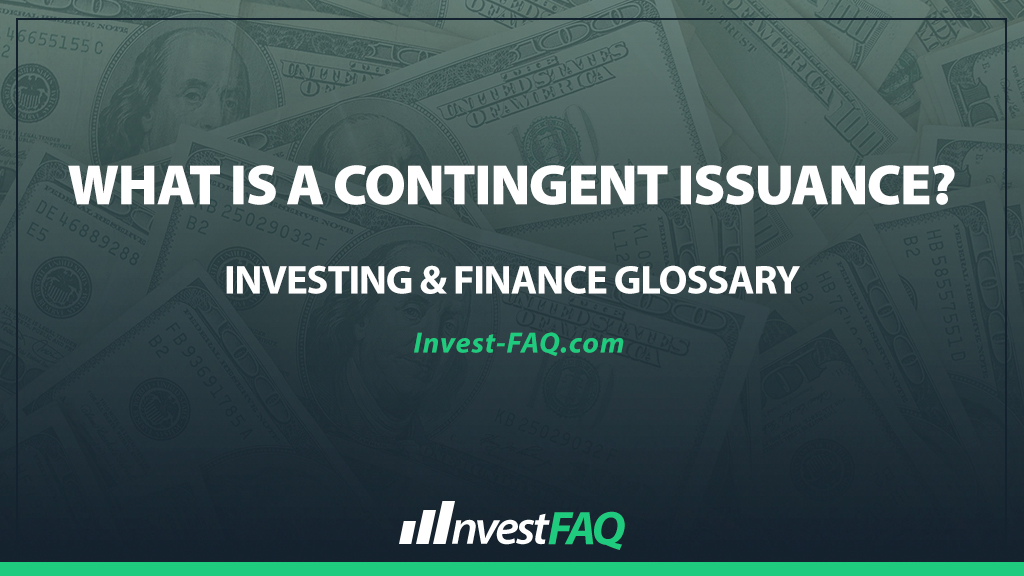
Contingent Liability
Contents
A contingent liability is a potential financial obligation that may arise in the future due to the outcome of a past event or situation. Its occurrence and amount depend on the resolution of uncertain circumstances, making it a conditional liability that is not guaranteed to become due.
Businesses often face contingent liabilities as part of their operations, which could include legal disputes, product warranties, or environmental cleanup obligations.
Recognizing and managing these liabilities is crucial for accurate financial reporting and risk management, as they represent potential outflows of resources that could impact a company’s financial health.
Example of a Contingent Liability
“ElectroGadgets Inc.,” a consumer electronics company, is currently involved in a legal dispute over a patent infringement claim. The claimant seeks damages of $2 million. ElectroGadgets’ legal team estimates a 50% likelihood that the company will be found liable and required to pay damages.
Event: Patent infringement lawsuit
Potential Liability: $2 million
Probability: 50%
Accounting Treatment: Given the probability and potential impact, ElectroGadgets discloses the contingent liability in the notes to its financial statements, explaining the nature of the dispute and the estimated financial impact.
In this scenario, ElectroGadgets does not recognize the $2 million as a liability on its balance sheet because the outcome of the legal dispute is uncertain.
However, accounting standards require the company to disclose significant contingent liabilities in the notes to the financial statements to inform users about the potential financial risk.
This disclosure helps stakeholders understand the nature of the uncertainty and its possible effects on the company’s financial position.
Significance for Investing & Finance
The concept of a contingent liability holds significant implications in accounting for several reasons:
Financial Transparency: Disclosing contingent liabilities ensures transparency in financial reporting, providing a more accurate picture of a company’s financial health and future risks.
Risk Assessment: Recognizing and evaluating contingent liabilities allow businesses and their stakeholders to assess the company’s risk exposure more effectively.
Compliance with Accounting Standards: Proper accounting for contingent liabilities is required under accounting standards such as IFRS and GAAP, which dictate when and how these liabilities should be reported.
Decision Making: Information about contingent liabilities can influence investment, lending, and management decisions by highlighting potential future obligations that could impact cash flow and profitability.
In summary, a contingent liability is a potential future obligation resulting from past events, the realization of which is uncertain until certain conditions are met.
Properly accounting for and disclosing these liabilities in financial statements is crucial for maintaining transparency, assessing financial risk, ensuring compliance with accounting standards, and aiding informed decision-making by all stakeholders.
FAQ
What constitutes a contingent liability in accounting terms?
A contingent liability is a potential financial obligation that may arise in the future, depending on the outcome of a specific event or situation that is currently uncertain.
How is a contingent liability recognized in financial statements?
A contingent liability is recognized in financial statements if the liability is probable and the amount can be reasonably estimated; otherwise, it is disclosed in the notes to the financial statements.
Can a lawsuit result in a contingent liability for a company?
Yes, a lawsuit can result in a contingent liability if the outcome is uncertain and it is probable that the company will have to make a future payment as a result.
What is the difference between a contingent liability and a provision?
A contingent liability is a potential obligation that depends on a future event, while a provision is a liability of uncertain timing or amount that has been recognized on the balance sheet because it is probable and can be estimated reliably.
